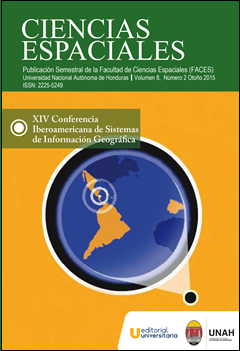Guidelines for measuring the current structure of the city, under the dispersed urban model, using the urban land registry. Application to the suburban town of Getafe, Madrid
DOI:
https://doi.org/10.5377/ce.v8i2.2069Keywords:
Cartography of the registry, Geographical Information Systems, Urban structure, Urban developmentAbstract
The reality of our big cities shows how the compact city is being transformed into a city always more disperse and fragmented, with more extensive outskirts, and more diffuse limits. The scattering of the city through the territory has been accompanied, in general, with a certain loss of its traditional complexity, due to the functional similarity and the spatial separation of the different parts which comprise its urban structure. In this context, the use of the urban land registry as a repository of spatial data, is of great interest in the functional investigation of the city. The work that we present aims to define a methodology that approximates to the typological identification of basic structural units of the modern city, in the suburban municipality of Getafe (Madrid), starting from the potential combination of existing uses of each plot of land in the land registry.
Revista Ciencias Espaciales, Volumen 8, Número 2 Otoño, 2015; 59-79
Downloads
1123




